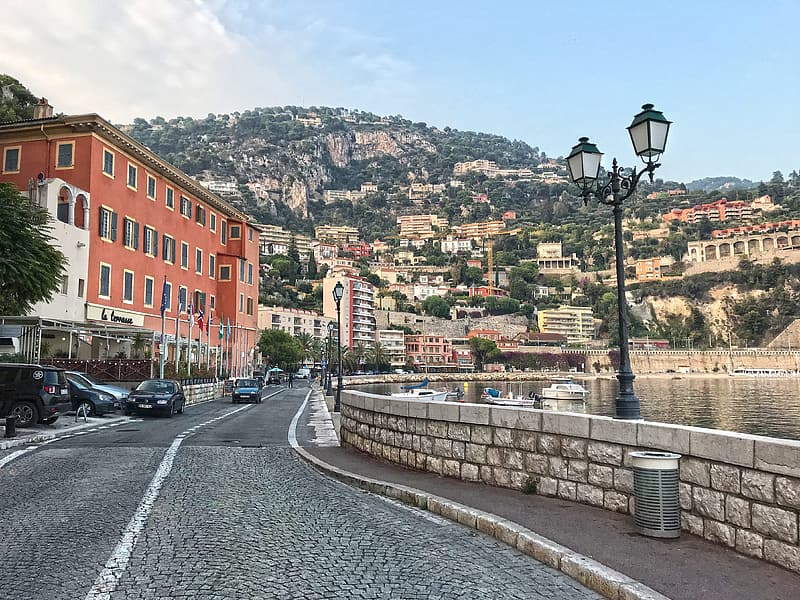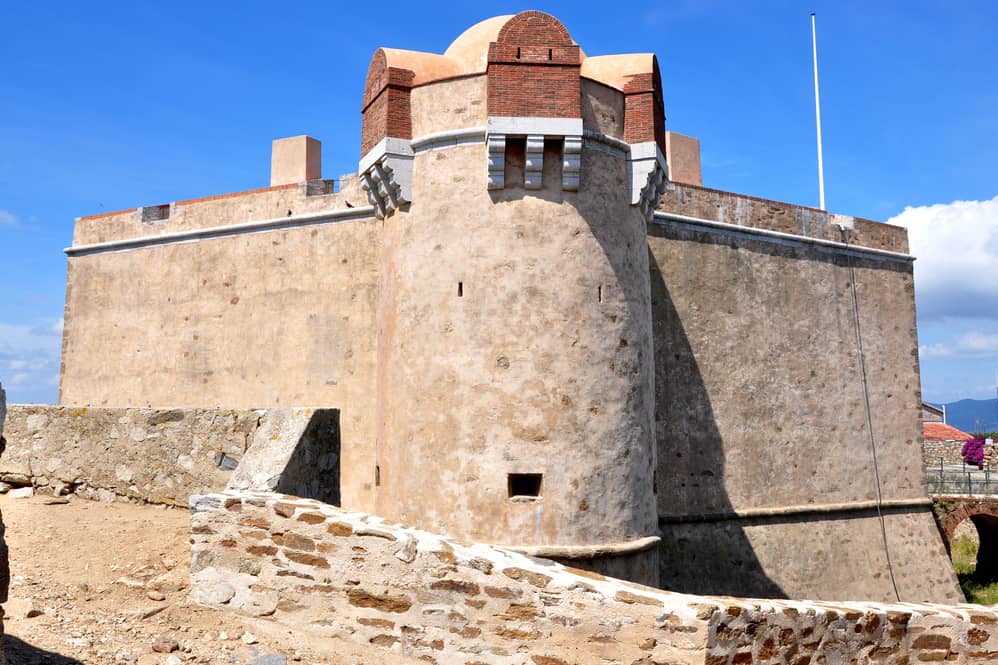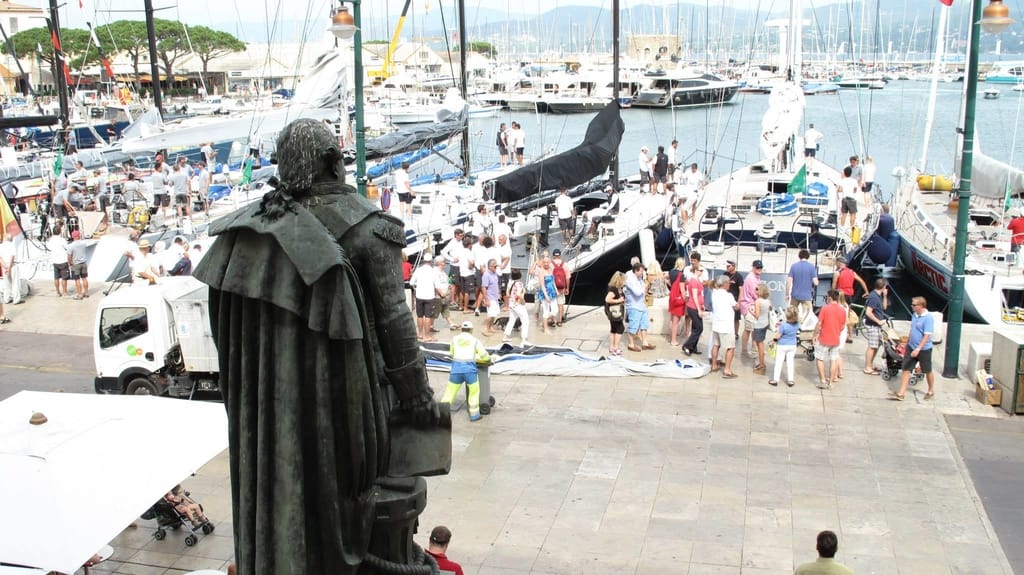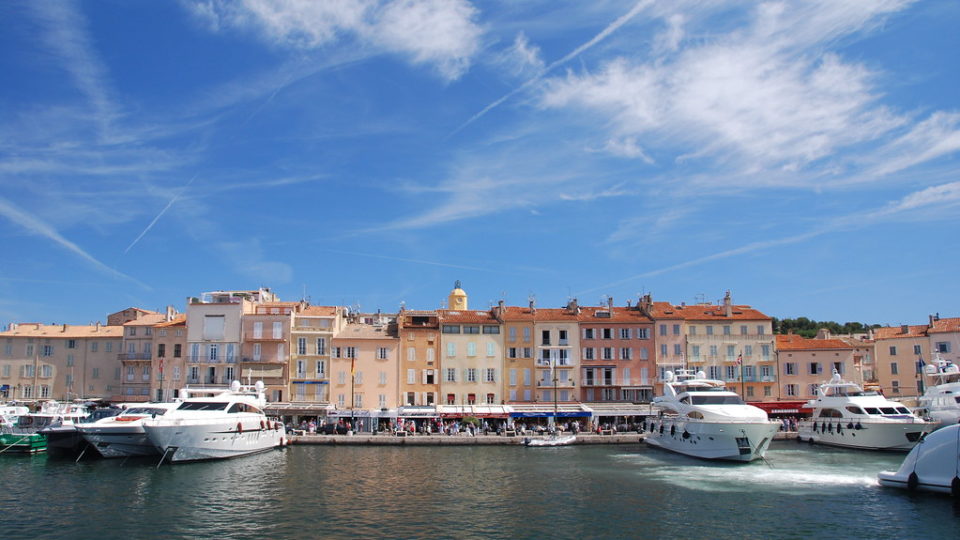History of St-Tropez
We are dedicating this article to St Tropez, the legendary Mediterranean port on the French Riviera in southeast France. However, let’s focus on the formative history of this authentic village, rather than on the fame it has acquired in modern times. Today, St Tropez remains an attractive little fishing port very attached to its traditions.
>>Also Read: Things You Should do in Saint Tropez
Not your typical village
St Tropez, located at the gateway to the Massif des Maures, is one of the most densely wooded areas in France (after the Landes region). In Provençal, ‘Maures’ means ‘dark wood’. Indeed, this magnificent region is covered with huge forests of pine, oak, and chestnut trees, a wonderful discovery right before entering the village. Five million visitors per year, along with 50,000 summertime residents and 5,000 wintertime souls, enjoy an exceptional quality of life in St Tropez.
Despite the obligatory appearances of the world’s most rich and famous, with all their accompanying glitter and sequins, St Tropez remains nonetheless a very genuine little fishing port well worth the time to visit. (provided that you avoid the months of July and August). You can wander its charming little streets, and from the top of the 16th-century citadel, survey the richness of its architectural heritage. This little town of infinite charm is long on history and traditions, to which the inhabitants remain extremely attached.

Caillus Silvius Torpetius
Caillus Silvius Torpetius was born in Tuscany, and became one of Emperor Nero’s officers in the 1st century A.D. In his role as Intendant of the imperial house, he organized and attended all the festivities. Yet he loathed these feasts and fancy parties, which were the mark of a fully decadent Roman aristocracy. He would rather listen to the message of the two apostles Paul and Peter, who were forecasting the impending end of the pagan world. On the day the Temple of Diana was inaugurated, a ceremony with great pomp was organized.
That is when Torpès walked up to Nero and declared his new Christian faith as well as his contempt for pagan gods. Enraged, the emperor ordered the heathen to be arrested on the spot. Imprisoned and tortured, he still refused to abandon his faith. He was then thrown in the arena and fed to the lions. But against all expectations, the big cats had no interest in this prey whatsoever. As a last resort, the emperor then sentenced the prisoner to be decapitated. The order was carried out, and the body put on a small rusty and dilapidated boat. A rooster and a dog, symbols of the insult made to the emperor, accompanied the martyr. But the old boat would not sink. Instead, it drifted slowly west, eventually running aground on a deserted beach.
Other Christians recovered the body and made Caillus Silvius Torpetius their Patron Saint. So it was that a canonized St Torpès (which eventually became ‘St Tropez’) gave his name to the village in the 5th century. The dog was said to have been lost at sea, but legend has it that the rooster (‘coq’ in French) landed on the shore a few miles away, and gave his name to the small village of ‘Cogolin’.
The Saracen Invasions
The region was not spared the barbarian invasions that devastated Gaul over the centuries, and the people of St Tropez remembered the Saracens as the most ferocious of them all. The Saracens had come from North Africa, starting in the year 732. Ravaging the entire coastline from Antibes in the far southeast, up to Arles in the north, they proved themselves to be savages of unmatched cruelty. After destroying everything in their wake and murdering or kidnapping the inhabitants to make slaves out of them, they transformed the little fishing port into a fortified one that could accommodate an entire fleet.
Their purpose in so doing was to spread their atrocities all the way to Italy. Unfortunately, their endeavor met little resistance from the passive counts of Provence, who were more inclined to fight among themselves than to protect their region by uniting against a common enemy. Consequently, the Saracens were able to dominate the area for several centuries. It wasn’t until the lords of Provence felt their own power was at stake that they finally entrusted the Templars with the protection of the bay and coastline, with the blessing of the Holy See and the Emperor.

The Templars
The order of Knights Templar was founded in 1119 to ensure the protection of lords on their way to the Holy Land. These monk-soldiers soon became very rich thanks to their protégés’ generous donations, provided as much in cash as in estates and castles. When Palestine was reconquered by the Muslims, the Templars withdrew to their European holdings and, having become security experts, were called upon to protect the gulf. They built many fortresses all along the coastline, with towers that allowed them to keep an eye on any potential advancing enemy, and secure the approaches to the town.
Little by little, the village of St Tropez regained a certain amount of peace, and the inhabitants gradually brought the small port back to life. Unfortunately, the Knights Templar had become too rich and powerful in the eyes of King Philip the Fair, and the order was disbanded in 1309, its members condemned to be burned at stake. With its protectors gone, the coastline once again fell prey to the barbarians. The Saracens’ raids started up again with even greater intensity and frequency, putting the region to fire and the sword once more, and for many years. The abandoned and powerless population had no choice but to flee.
The Home Act
Towards the year 1400, St Tropez was officially declared uninhabited. Massacres and plague had wreaked havoc on the area, survivors had all fled, and the coastline seemed damned for eternity. Jean de Cossa, Baron of Grimaud and Seneschal of Provence (a representative of the king), knew that the only way to get rid of the pirates was to restore the town, with the help of the population.
He found Raphaël de Garesio, a gentleman from Genoa, to serve as general administrator and military leader in this restoration project. On February 14, 1470, Raphaël de Garesio landed in St Tropez with 22 men. Simple peasants or sailors, they had all left the overcrowded Italian Riviera, ready to embark on this new adventure with their Lord in whom they had complete trust. Even though most of them were illiterate, they signed a charter by which they committed themselves to rebuild the village over the following 10 years.
In exchange for this service, they were granted a certain number of privileges, including some previously reserved exclusively for lords, such as tax-exempt status and the right to bear arms. Their motto was ‘AD USQUE FIDELIS’, or ‘Faithful to the end’. They kept their promise indeed, and ten years later, a great wall with towers stood to watch not only over the sea but also over the interior land, protecting the new houses. Sixty or so, families formed the new community when, on July 19, 1479, the new Home Act was signed: ‘The rebirth charter of St Tropez’.

The Citadel
The development of St Tropez really took off in the middle of the 16th century, when the population increased dramatically, and the village spread far beyond its great protective walls. As early as 1589, the Governor of Provence decided to build a citadel on the ‘colline des Moulins’ (Windmill Hill). The people of St Tropez, however, saw these new great walls as an encroachment on the independence they had gained at great cost. Their past courage had allowed them, as early as 1564, to get the king of France’s official permission to elect a City Captain, and under his command, the militia had successfully carried out its mission to protect the city.
The inhabitants then found themselves petitioning King Henri IV, reminding him of the loyalty they had shown him during the terrible unrest of the League that had violently pitted Protestants against Catholics. In return for his intervention on their behalf, they solemnly swore they would continue defending their village themselves. Grateful for their past support and swayed by their argument, the king granted their request and ordered the fortress demolished. But at that time, Provence was a world away from the court.
The Governor of Provence simply ignored the royal order and went on to have the building contract for the ‘dungeon’ notarized. Alarmed, the town council of St Tropez tried one last time to lodge an appeal with the king, but it was in vain. He probably had bigger fish to fry, namely the brewing war against Spain. By 1607, the dungeon dominated the hill, which the people of St Tropez took as an insult since they had clearly lost the battle.

The Bailiff of Suffren
Suffren was a very young adolescent when he arrived in St Tropez. He left this port at 14 years old to board ‘The Solid’ as a simple Midshipman. From that day on, he sailed the seven seas, distinguishing himself by his bravery and intelligence. The sailors from St Tropez, who accompanied him, appreciated his loyalty. He was an ambitious young man, but he remained a human one with charisma and courage that commanded admiration and respect.
He won many victories against the English as well as the Barbary Coast pirates. In 1775, as a token of gratitude, he was appointed First Officer of the King of the town of St Tropez. This was quite an exceptional honor since the tradition was to pass the title down only to a descendant of the person holding it. With this gesture, the king chose to reward the victorious hero so highly regarded by his men and peers. The following year, he joined the first squadron that Louis XVI sent to America, where once again he distinguished himself in battle.
Upon his return from the Indies several years later, the French welcomed him as a national hero, and the people of St Tropez as one of their own. In 1866, about 80 years after his death, a statue of him was erected in the port, facing the sea. Napoleon III provided the bronze, which came from the British enemy’s melted cannons. It still stands there today, in the most prestigious port location, where the most luxurious yachts come to moor.

A Reason to Travel…
What a pleasure it is for those who enjoy authenticity to walk along with the port or the small streets of St-Tropez! In 1925, the writer Colette became one of the first celebrities to be captivated by the charm of the place. She grew very fond of St Tropez and brought many other artists to the area. Many painters, in particular, were inspired by the light in the small port town.
But all of this luminosity, serenity, and joie de vivre was forgotten during the terrible war years. Finally, hope returned when on August 14, 1944, at 8.30 pm, the following messages were heard on the radio: ‘Nancy a le torticolis’ (literally, ‘Nancy has a stiff neck’) and ‘The hunter dies from thirst and hunger’. The leaders of the French Resistance understood that happiness would soon return. St Tropez was the first city in Provence to be liberated by the Americans. Two years later, the port that had been mined and destroyed by the Germans right after the landings was restored to its previous glory.
From that day on, it hasn’t ceased to draw the rich and famous of this world, followed by large circles of anonymous people who also want to be part of the dream. How can one tire of admiring these prestigious yachts all out-competing each other, these store windows worthy of the greatest capital cities in the world, or simply enjoying the ‘Place des Lices’ where the market is held, and the locals mingle with the showbiz celebrities to play memorable games of petanque? One comes to St Tropez as much to be seen as to see, that is what makes the charm of this town!
